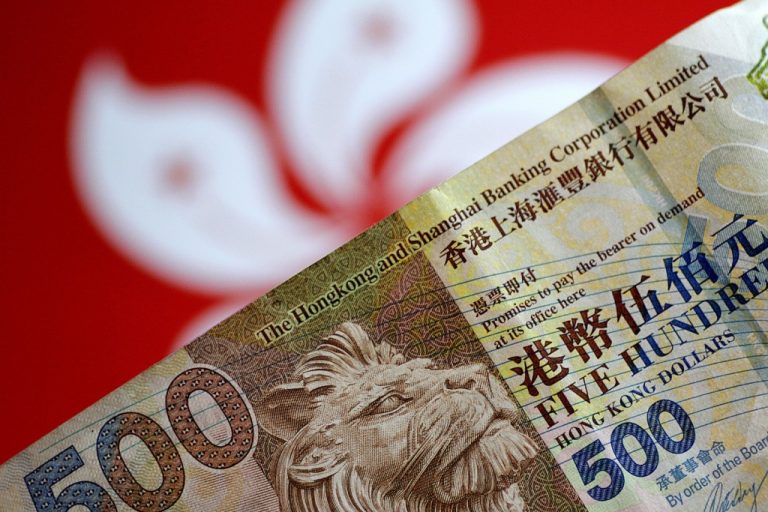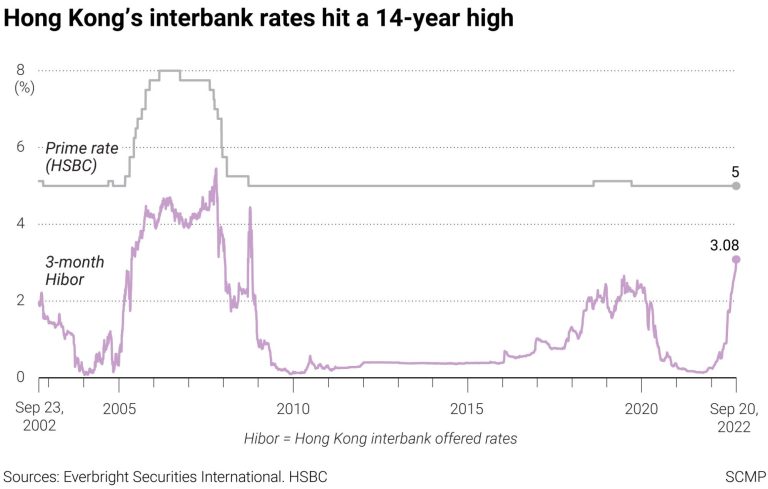Key Trends Driving Hong Kong’s Medical Cost Increase in 2025
Hong Kong’s medical costs are set to rise by 9.8% in 2025, according to the WTW Global Medical Trends Survey. This increase is driven by several key factors, including the growing demand for healthcare services, the rise in chronic diseases, and advancements in medical technology.
Rising Demand from Chinese Patients
One major factor is the increasing number of Chinese patients seeking treatment in Hong Kong. The city’s reputation for high-quality healthcare and specialized treatments attracts patients from mainland China. This surge in demand puts pressure on healthcare resources, leading to higher costs. For example, specialized treatments like cancer therapies and advanced surgeries are often more expensive, contributing to the overall cost increase.
Chronic Disease Incidence on the Rise
Chronic diseases such as diabetes, heart disease, and hypertension are becoming more common in Hong Kong. This is partly due to lifestyle changes and an aging population. Treating chronic conditions requires long-term care and expensive medications, which significantly drive up medical costs. For instance, the cost of managing diabetes alone includes regular check-ups, medications, and potential complications, all of which add to the financial burden.
Technological Advancements in Healthcare
Medical technology is advancing rapidly, offering new treatments and diagnostic tools. While these innovations improve patient outcomes, they also come with high costs. For example, advanced imaging techniques like MRI and CT scans, as well as cutting-edge treatments like immunotherapy, are expensive to implement. These technologies require significant investment in equipment and training, which is reflected in the rising medical costs.
Pharmaceutical Costs and New Treatments
The cost of pharmaceuticals is another major contributor. New drugs and treatments, especially for chronic and complex conditions, often come with high price tags. For instance, biologics and gene therapies, which are increasingly used to treat diseases like cancer and rare genetic disorders, are among the most expensive medications available.
Economic and Policy Factors
External factors such as inflation and government policies also play a role. For example, changes in healthcare regulations or subsidies can impact costs. Additionally, economic conditions like rising wages for healthcare professionals and increased operational expenses for hospitals contribute to the overall increase.
Comparison with the Asia-Pacific Region
While Hong Kong’s projected 9.8% increase is significant, it is lower than the 12.3% rise forecasted for the broader Asia-Pacific region. This difference highlights the unique challenges and dynamics of Hong Kong’s healthcare system.
Understanding these trends is essential for stakeholders to plan effectively. Policymakers, insurers, and healthcare providers must work together to manage costs while ensuring access to quality care.
Sources: WTW Global Medical Trends Survey, InsuranceAsia.com












